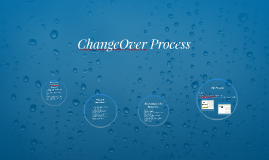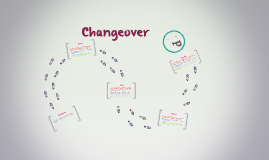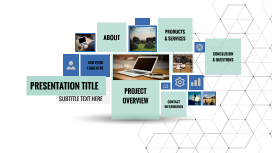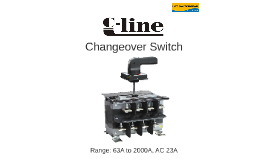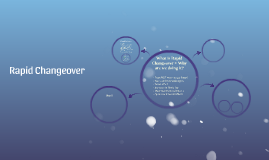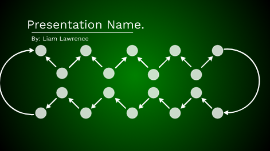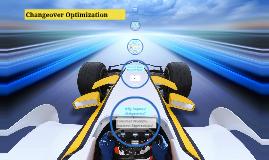Changeover
Transcript: Pilot This introduces one part of the company to a new system. They will test it and if everything goes well then the system will roll out to the rest of the company. For example an aircraft trying out a new radar machine. Advantages: If anything goes wrong it will only affect a minor part of the company, therefore there is damage limitation. This gives you the chance to test out the issue. Disadvantages: It will take a long time for it to be tried and tested. . Parallel Changeover is moving from one system to another. There are four types of changes which are direct, pilot, phased and parallel :))) Changeover In this scenario people are concerned about loss of data so both systems run independently for a while until all the bugs are out of the new system. For example, a criminal records system. Advantages: No data is lost if the new system breaks because you can rely on the old system. Disadvantages: Time and effort is wasted entering data into both old and new systems. Changeover Phased This way you stop using the old system completely and swap over to using the new system. For example, a small buseinss that needs a simple swap to a new system. Advantages: Switching to a new system can be very simple, cheap, and effortless. Disadvantages: You are completely dependent on the new system which means if something goes wrong then you can't do anything about it/you're stuck. A system is introduced feature by feature, slowly taking over from the old system. For example, an online store. Advantages: If one part of the system fails it is easy to revert back to the old system. Disadvantages: Will take a long time for the system to be completely installed and working, by which time the first part of the system might be out of date. Direct P .






